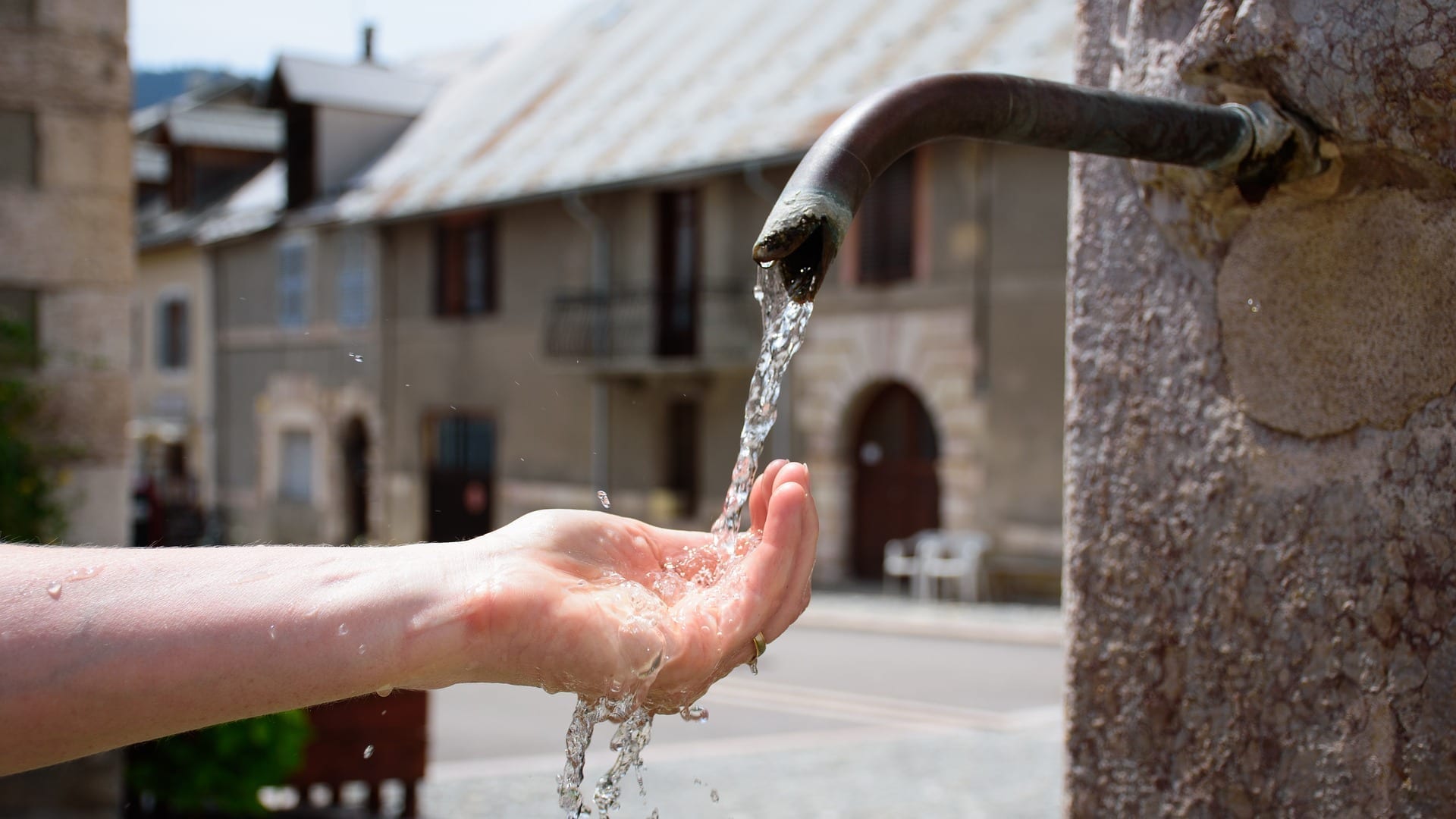Clean water. It’s something almost all of us take for granted. We turn on the tap, fill our cup, let some spill over, and then guzzle it down. It’s a privilege we fail to recognize. There is a colossal water scarcity problem in the world. Millions of people struggle to find enough clean water to survive.
Clean water. It’s something almost all of us take for granted. We turn on the tap, fill our cup, let some spill over, and then guzzle it down. It’s a privilege we fail to recognize. There is a colossal water scarcity problem in the world. Millions of people struggle to find enough clean water to survive.
In order to move toward a solution, we need to first understand the problem. In this post, we’re going to help you understand the how, what, and why of the water scarcity problem.
The Staggering Lack Of Clean Water In The World
Over 884 million people worldwide live without clean water.
In order to better comprehend that staggering number, that’s the equivalent of:
- 1 in every 10 people on the planet’s surface.
- Twice the population of the United States.
- The whole of Europe.
And as the years fly by and overpopulation becomes an increasingly difficult problem to solve, that number continues trending upward, inflating and growing, but never going down.
Water scarcity is a harsh reality.
By the year 2018, some 1.1 billion people worldwide will lack access to any sort of water, and a total of 2.7 billion will find water scarce for at least one month of the year.
Out of those figures, 2.4 billion will have inadequate water sources and have to deal with a series of life threatening diseases. A vast majority of the world population will regularly experience outbreaks of typhoid, cholera, malaria, zika, and dozens of other waterborne illnesses and parasites. In the year 2014, two million people died from diarrheal viruses and the ensuing complications. Out of those numbers, 43 percent were pre-adolescent children, most under the age of five.
Access to basic sanitation and clean affordable water, can save over 17 thousand people a week.
The majority of people afflicted by this problem live in desolate, isolated, poor regions. These are often rural places that often find themselves embroiled in some sort of political challenges. In many cases, water, not oil, is the most precious commodity for these disenfranchised citizens, with warlords and local mafias using the resource as a means of power and political pressure.

Access to clean water is of paramount importance for those without it. There are millions of people risking their lives and spending hours just for a clean gallon of water. Children go without any education, their sole responsibility trodding dozens of miles a day and fetching water.
In essence, a community without a viable source of clean water is destined for extinction. Clean water means economic growth, education, better income and healthy neighborhoods.
And the outlook isn’t any better:
By 2025, two-thirds of the world’s population may face water shortages. Although the surface of our planet is covered mainly by water, over 73 percent to be exact, only 3 percent of it is considered drinkable. And, to complicate matters, only one-third of that scant number is accessible to humans (the rest is tucked away in glaciers, and remote regions). Finding fresh water sources is an incredibly rare thing.
Overpopulation and consumption has put a strain on an already depleted ecosystem. Many water systems, like lakes, rivers and aquifers, are drying up an alarming rate or, due to our meddling, becoming far too polluted to use.
Agriculture, above all other practices, consumes enormous amounts of water, more than any other industry. These precious resources are consumed in an ineffective manner.
Additionally, in impoverished regions, such as Africa (where thousands die from a result of having zero access to clean water) or in Pakistan (where the shortage has claimed one-third of its population), a different set of problems assaults the region: economic water scarcity.
In most of these districts, water treatment plants and “soluble” wells and aquifers are nothing more than open holes in dry river beds. In Tanzania, this last practice led to devastating epidemic that slashed their population by 75% in late 2013.
In Part Two, coming Monday, February 12, we’ll discuss Economic Water Scarcity.


Join the conversation!